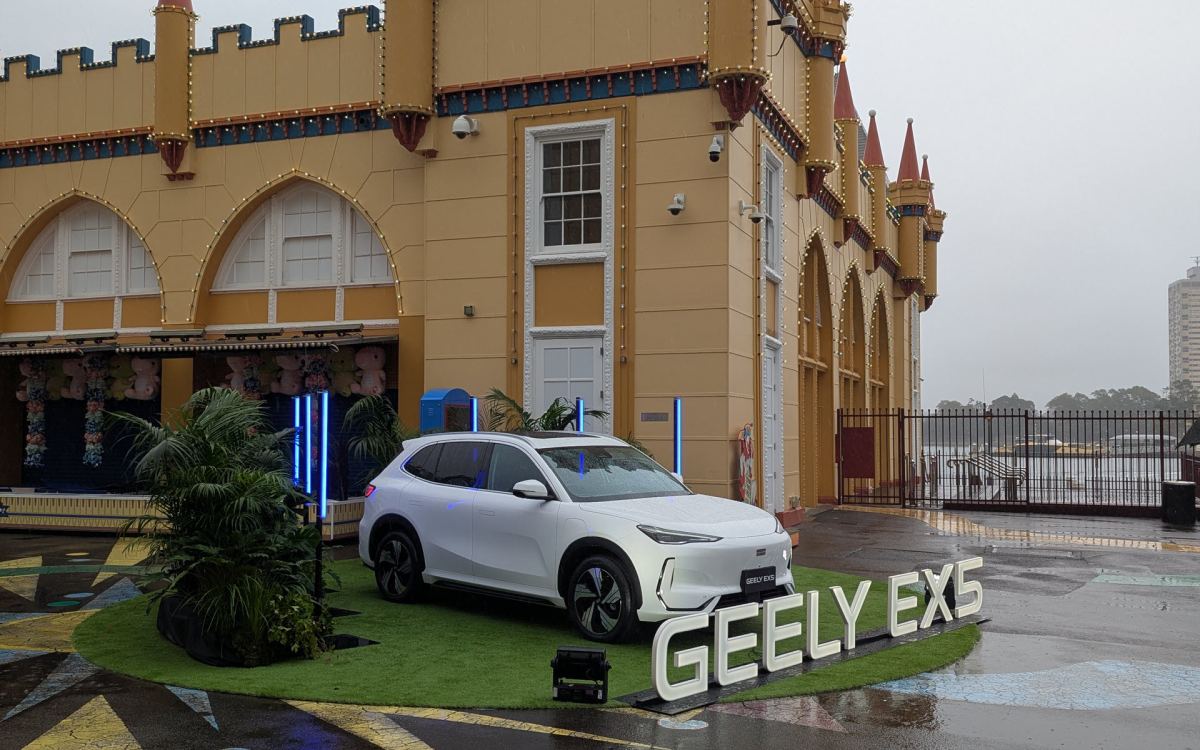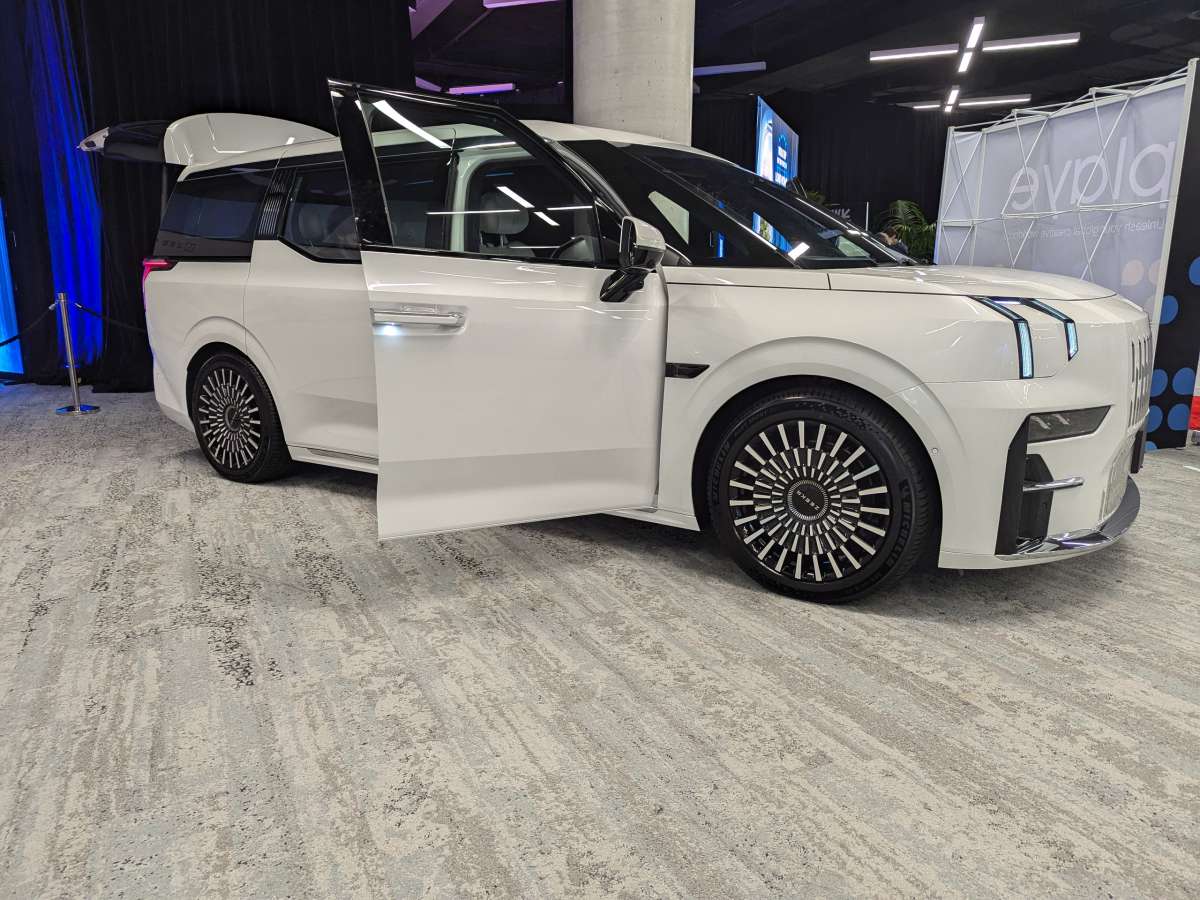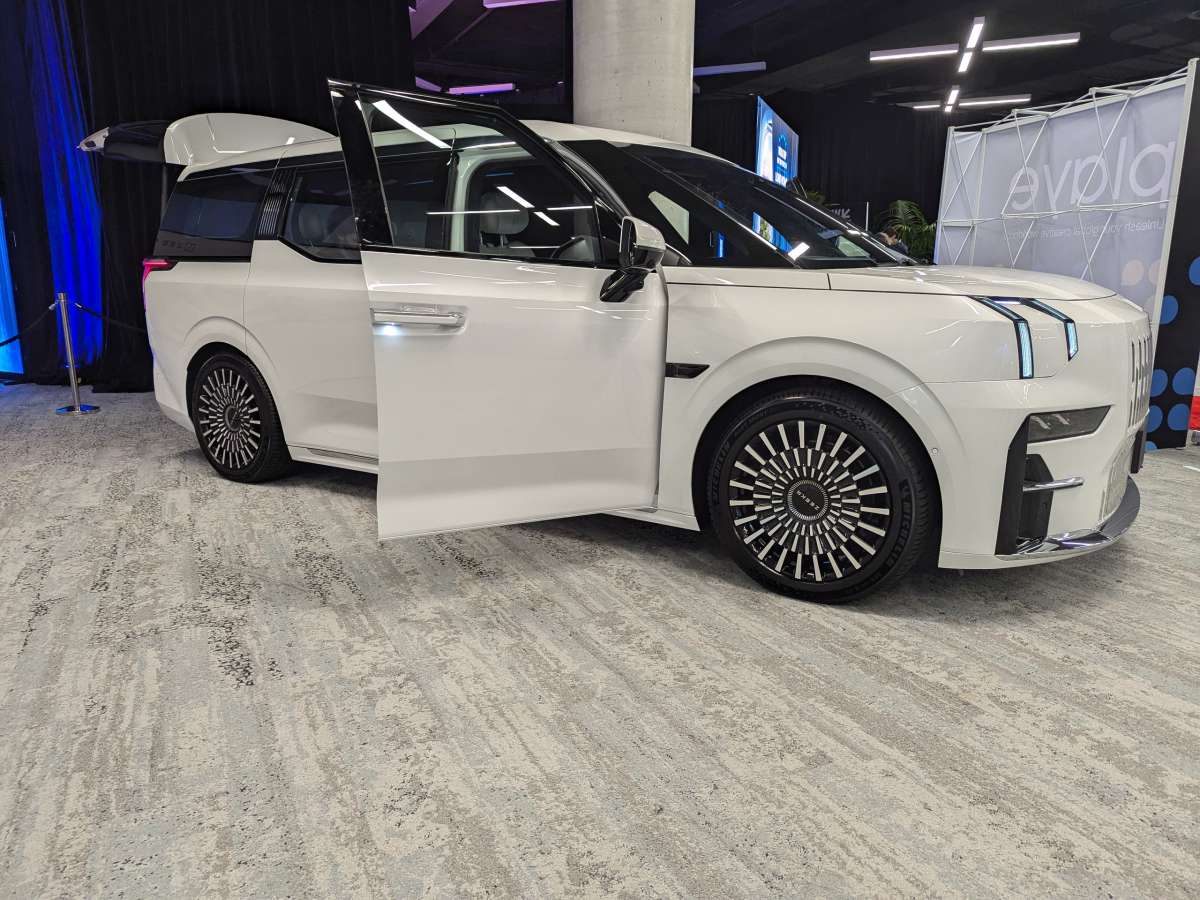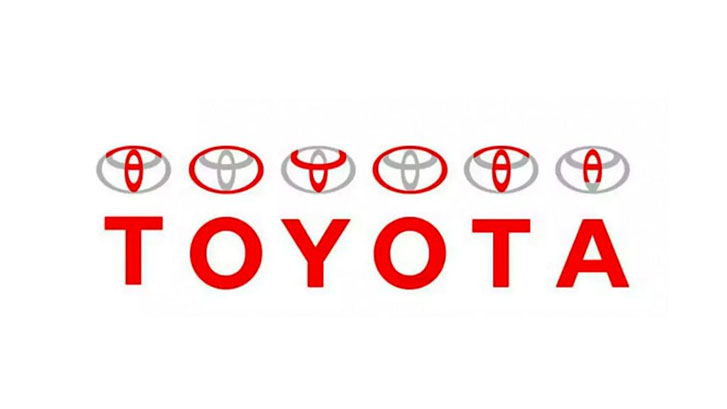
Australia is often seen as a laggard in the uptake of electric vehicles, but as Fully Charged’s Rob Llewellyn noted in a recent episode of The Driven podcast, it is striking the number and variety of Chinese EV brands that are found in the market – more, he says, than in Europe.
Chinese EV brands had already made their mark in Australia, filling in most of the top selling positions after Tesla – and on a couple of occasions displacing them. They were led by the likes of BYD and MG, but in 2025 a number of new brands and names have made their move as they lay down the challenge to legacy automakers.
The key driver behind this expansion in the Australian market is the aggressive pricing that is pushing the Chinese EV makers to the front of mind when consumers knew to the market are thinking about which model to choose.
Let’s look at some of the latest announcements in 2025, that hint at the competitiveness of Chinese EV players and what that could mean for EV adoption this year.
In March, we are expecting to receive shipments of what will be Australia’s cheapest EV model, the BYD Dolphin Essential range that will begin at $29,990 before on-roads.
After officially being announced in January as part of multiple price cuts across the BYD range of EVs, the Dolphin Essential sent a strong signals into the market: Namely that EVs are now competitive with ICE models, and also also beating incumbents like the Toyota Corolla hybrids by thousands in our market.
The same goes for the BYD Atto 3, which now starts at $39,990 before on-roads, putting a downward pressure on all electric SUVs.
Off the back of these offers, multiple Chinese brands have either introduced limited-time specials or are cutting prices to help move stock.
MG, the first brand in Australia to introduce an affordable electric car back in 2020, with the launch of the first generation ZS EV at under $40,990, is offering the ZS EV Essence Long Range at a driveaway offer starting at $36,888.

That’s down from almost $50,000 driveaway at launch back at the first fully charged live 2023 show in Sydney.
Other brands such as Chery, which got into the local EV game with the launch of the Omoda E5 electric SUV in September 2024, has made it one of the cheapest EVs to offer more than 400 km of range with $6,000 off the standard price to new buyers.
Xpeng has also recently extended its 10-year warranty offering to new buyers until June 2025. This 10-year complimentary warranty is part of a special offer that’s valued by the brand’s local distributor, True EV, at $4,980. That’s almost 10% of the price of the Xpeng G6 SUV.
As of last week, the competitiveness of these brands went up a notch with the launch of Geely’s brand in the Australian market.


It is launching with aggressive pricing on EX5, its first Australian EV, which officially starts at $40,990. With the amount of standard features included and the technology being delivered, it makes Geely’s first car in our market one of the best-value electric SUVs.
The Geely EX5 also sets a new benchmark for pricing and inclusions in the passenger EV segment and packs way more tech than any sub-$40,000 ICE SUV on the market.
There are also other Chinese brands that have launched over the last 6 months that are offering products across various segments.


Zeekr has a luxury people mover, the 009, which is unlike any other product in our market.
The level of luxury and performance it offers will be a bit of a game-changer, and many luxury brands should be paying attention to that car, which was also on display at Everything Electric this year.
Overall, the competitiveness of the Chinese brands in the EV segment should be sending strong market signals to legacy brands. That’s because what we have seen so far is just the beginning.


Riz is the founder of carloop based in Melbourne, specialising in Australian EV data, insight reports and trends. He is a mechanical engineer who spent the first 7 years of his career building transport infrastructure before starting carloop. He has a passion for cars, particularly EVs and wants to help reduce transport emissions in Australia. He currently drives a red Tesla Model 3.









